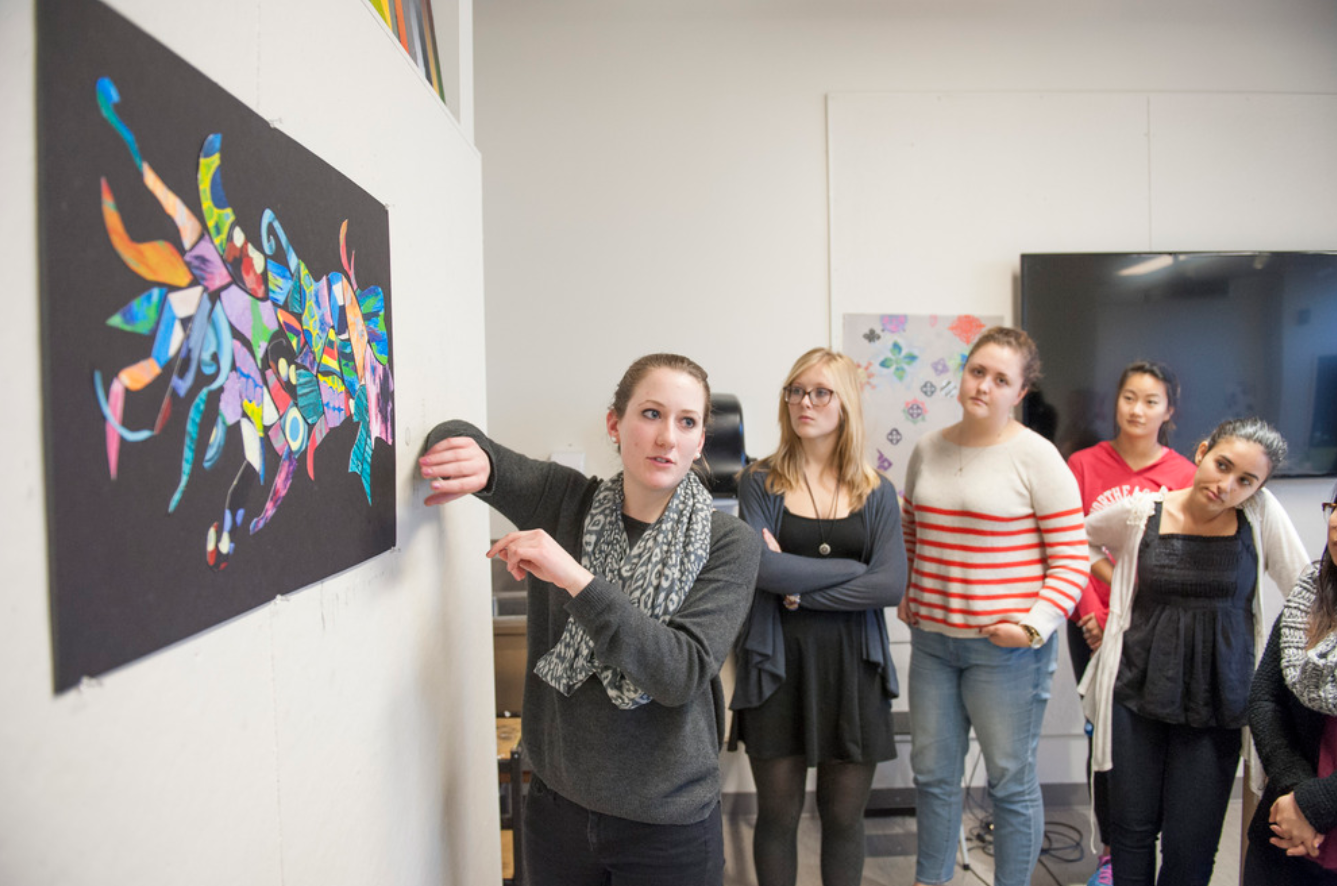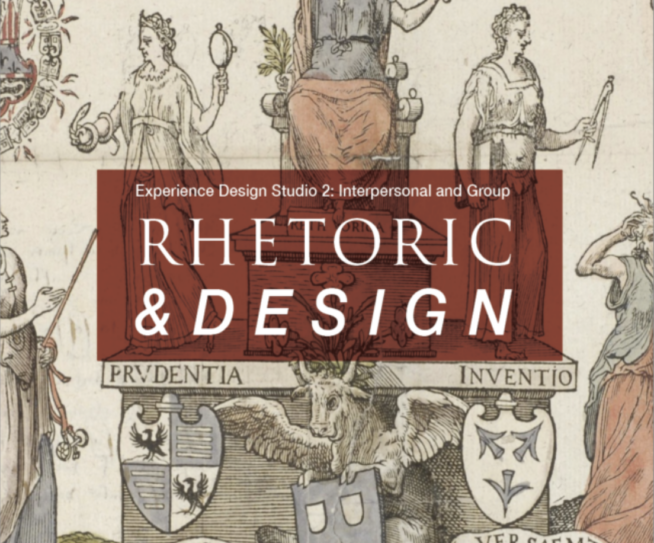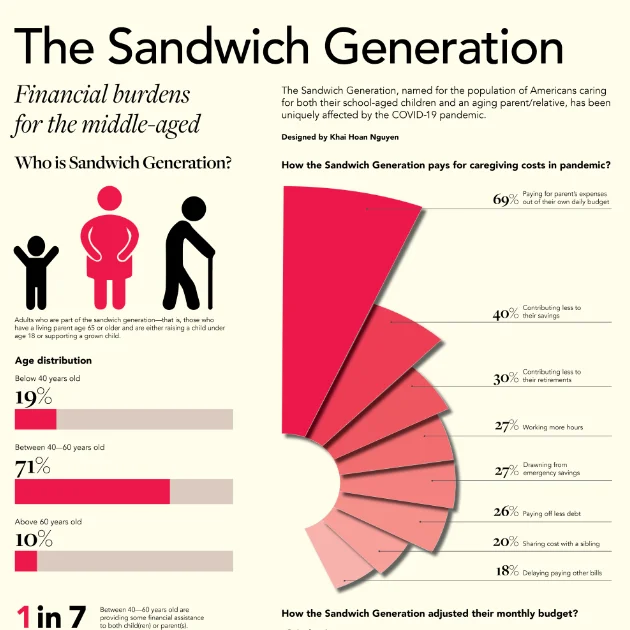Engages students in an interdisciplinary study across the Biology, Psychology, and Art + Design departments to integrate fundamental design courses with a strong foundation in the physiological brain mechanisms that give rise to behavioral functions. The latest research in neuroscience and psychology enables designers to maximize the impact of their designs and conversely, complex neuroscientific concepts can be made intelligible to a wider public through creative visual works. Students learn about the biological bases of cognitive processes underlying behavior.
They can then apply these principles to biomimetic medical devices as well as data and network visualization.
Learning Outcomes
Behavioral Neuroscience learning outcomes
Learning outcomes related to knowledge-specific content:
- Explain the fundamental concepts of behavioral neuroscience.
- Describe the biological bases of cognitive processes underlying behavior under normal and pathological states.
Learning outcomes related to scientific inquiry:
- Apply the process of science by identifying testable scientific questions, formulating hypotheses, and designing basic experiments using appropriate research methods.
- Analyze quantitative data using statistical analysis techniques.
- Interpret experimental results from scientific literature and describe and evaluate seminal and emerging findings involving mind, brain, and behavior.
Learning outcomes related to application of knowledge:
- Justify ethical principles involved in conducting basic science and clinical research including the evolutionary principles that support the use of animal model systems.
- Explain how the study of brain and behavior contributes to the resolution of ethical and social issues.
- Integrate classroom knowledge in authentic practical experiences such as directed study research with faculty and co-ops in laboratories, clinical settings and industry.
Design learning outcomes
- Apply iterative design processes to create, revise, evaluate, and develop effective prototypes and innovative solutions.
- Engage human-centered design research methods and systems thinking to identify and understand values, goals, motivations of intended audiences as a mode of inquiry, question framing and guide to action.
- Develop a high level of craft and technical skills in a relevant range of media and tools and effectively weigh applicability for intended audiences and outcomes.
- Develop and realize intent, concept and content with awareness of context and consequence.
- Implement visual patterns incorporating text, image, diagram including temporal and spatial representations to recognize, categorize, and articulate significant form and meaning
- Employ and embody ethical practices, team and cross-disciplinary collaboration, and effective communication and presentation skills.
- Apply relevant communication theories and principles and appreciate the pervasive and long-term impact of design decisions on people and societies.
Co-Op Opportunities
- design and media sectors
- news and publishing sectors
- arts sectors
- food and beverage sectors
- fashion and travel sectors
- government and civic sectors
- health care and pharmaceutical sectors
- educational sector financial and business sector
Career Opportunities
- Design Consultant
- Design Lead
- Design Researcher
- Design Strategist
- Designer
- Entrepreneur
- Exhibition Designer
- Experience Designer
- Futurist Product Designer
- Product Manager
- Strategist Service Designer
- User Experience Designer
- User Experience Manager
- UX Designer
Multidisciplinary Skills
collaboration
creative problem-solving
critical thinking
data analysis
design research
design software
experience mapping
graphic representation
fabrication
facilitation
human factors
information design
interviews
leadership
listening
observation
personas
programming
project management
problem framing
rapid prototyping
semiotics
sketching
technical skills
typography
UI/UX design
user stories
user testing
verbal and written communication
visual synthesis
visualization






